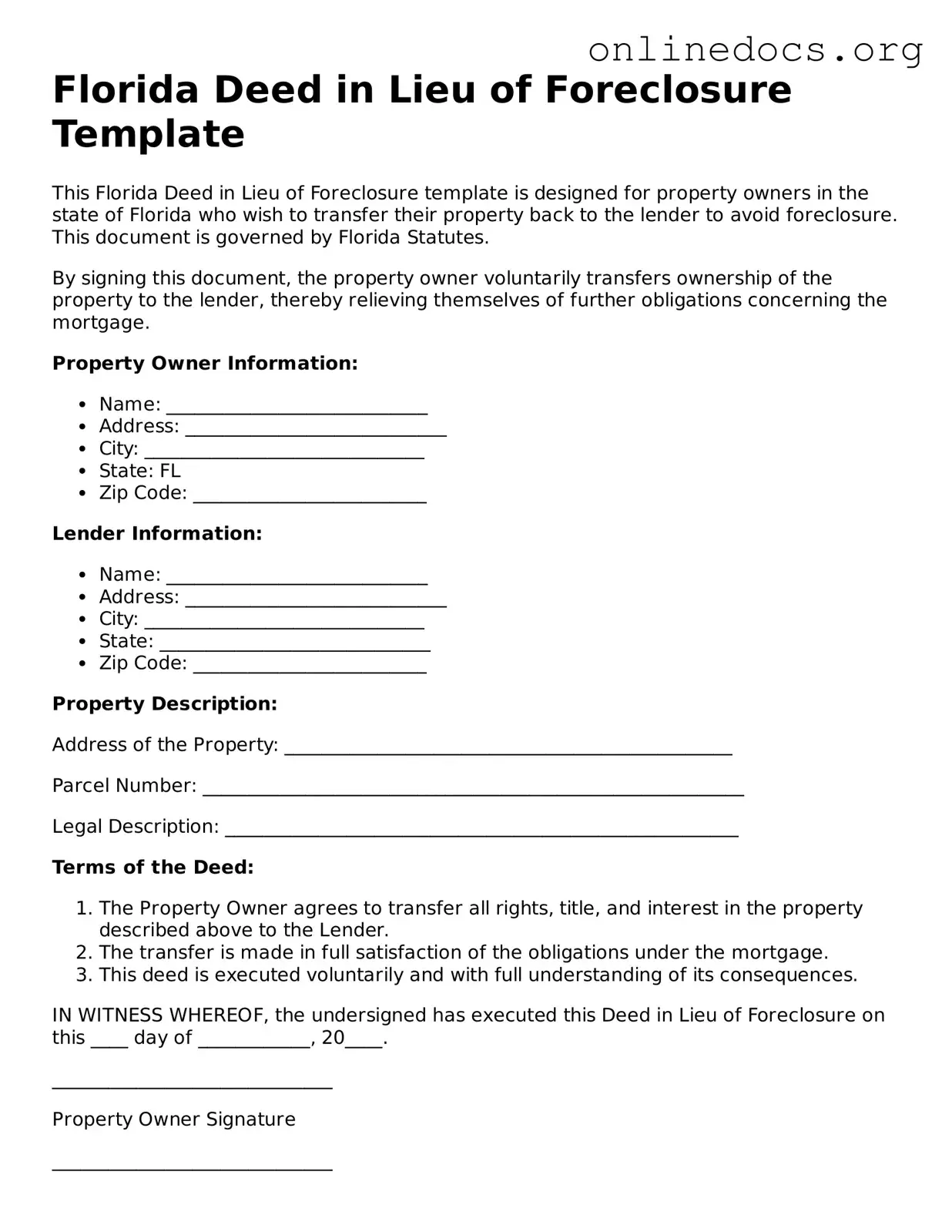A mortgage release is similar to a Deed in Lieu of Foreclosure because it allows a homeowner to relinquish their property to the lender. In this case, the lender agrees to release the homeowner from their mortgage obligations. This document effectively cancels the mortgage, providing a clean break for the homeowner. Just like a Deed in Lieu, a mortgage release can help avoid the lengthy and stressful process of foreclosure, allowing both parties to move forward with less hassle.
A short sale is another option that shares similarities with a Deed in Lieu of Foreclosure. In a short sale, the homeowner sells the property for less than the amount owed on the mortgage, with the lender's approval. The lender then agrees to accept the sale proceeds as full satisfaction of the debt. Like a Deed in Lieu, this process can prevent foreclosure and minimize damage to the homeowner's credit. Both options offer a way to resolve a distressed mortgage situation without going through court proceedings.
A loan modification also resembles a Deed in Lieu of Foreclosure, as it aims to help homeowners avoid foreclosure. In a loan modification, the lender agrees to change the terms of the loan, such as the interest rate or payment schedule, to make it more manageable for the borrower. This document can provide immediate relief and allow homeowners to stay in their homes, unlike a Deed in Lieu, which involves giving up ownership. Both options focus on finding a solution that works for both the lender and the borrower.
The Bill of Sale is an essential document in property transactions, similar to other legal forms in Texas. Just as various deeds and agreements facilitate the transfer of ownership, a Bill of Sale ensures a smooth exchange of personal property, offering legal protection for both parties involved. To learn more about this important document, you can visit legalformspdf.com.
Lastly, a bankruptcy filing can be compared to a Deed in Lieu of Foreclosure, as both can serve as a means to address overwhelming debt. When a homeowner files for bankruptcy, they seek legal protection from creditors, which can include the mortgage lender. This process may lead to the discharge of some debts or a restructuring of payments. While bankruptcy can provide a temporary shield from foreclosure, a Deed in Lieu allows for a more straightforward resolution by voluntarily transferring the property back to the lender. Both documents aim to relieve financial burdens but differ in their approach and outcomes.
